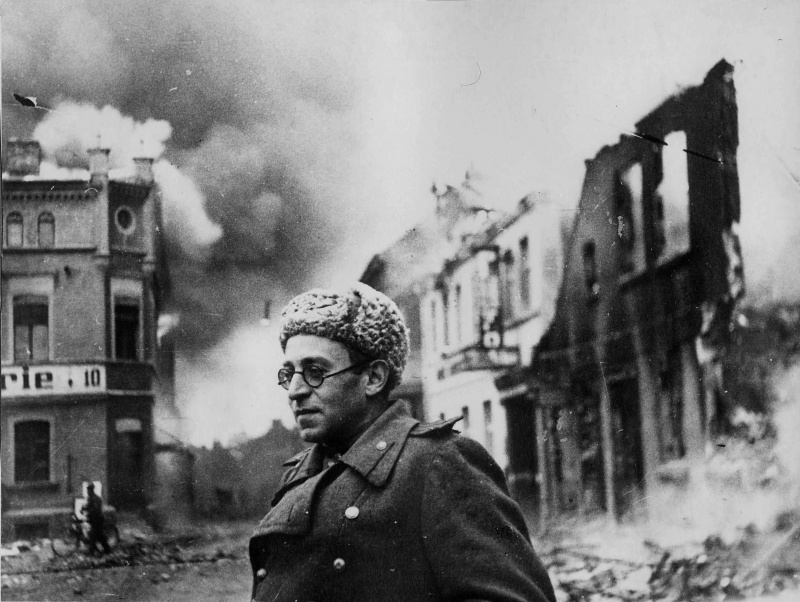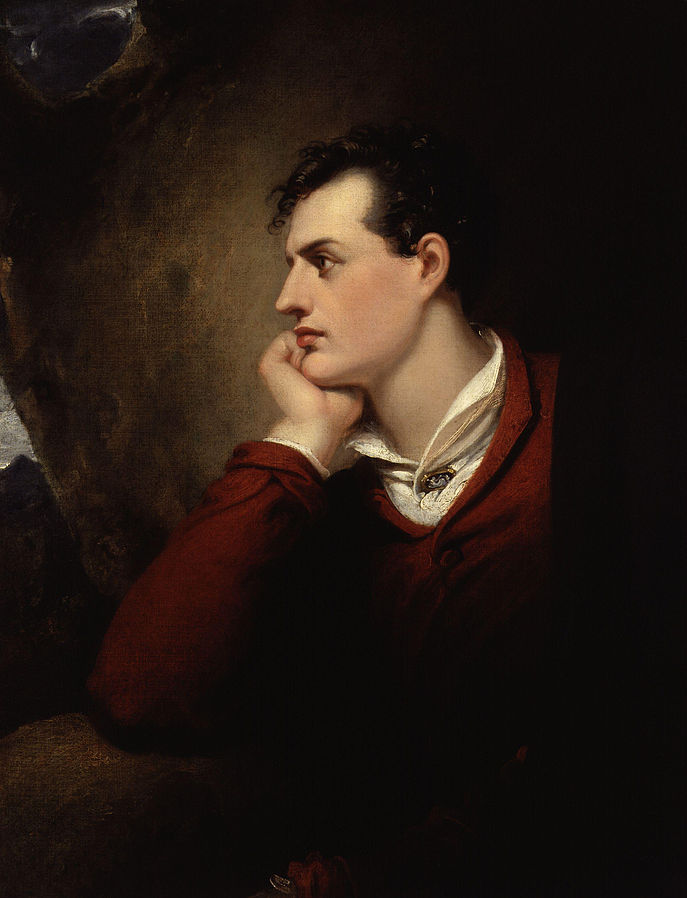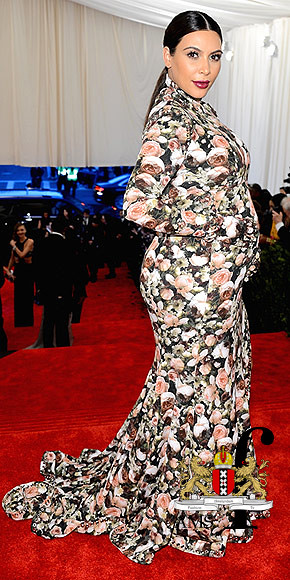Find Becky’s playlist here
During my A Levels, I worked as a waitress in an American 50s-themed diner not far from my house. Part of the reason I applied for it over other waitressing jobs in the area was my love for 50s and 60s music, which had developed from when I was young. It began through a love of girl bands like The Supremes to a wide-ranging interest in blues from the 30s and 40s that had inspired the Rock’n’Roll, Soul and Motown movements that followed. This playlist is a (very limited) selection of sentimental songs from my time working in the diner, as well as other fond memories and discoveries from the 20 years I’ve been around so far. Enjoy!
Long Tall Sally – Little Richard (1956)
When the diner was really busy, this song was so fitting. The loud chatter, the sizzle of the fryers in the kitchen, the rumble of the milkshake blenders. Waitresses weaving between tables on the checkered floor with trays of drinks. The arms of those more skilled than I were often lined with 3 or 4 plates of burgers, hotdogs, fries, pancakes, and waffles. Long Tall Sally’s driving 12-bar-blues rhythm accompanied the fast pace of a packed restaurant perfectly, punctuated by the chef’s frantic ringing of the bell, which signaled to us to collect food from his cramped kitchen.
The First Cut Is The Deepest – P.P. Arnold (1967)
I could listen to this song every day until I died. The unusual instrumentation of this record, apparently inspired by similar choices made by The Beach Boys, is what really makes it stand out to me. The intro, plucked out on the harp rather than guitar (most common at the time), opens the song with a vulnerability which is carried through by the lyrics. There are some great interviews with the producer, Mike Hurst, and Pat Arnold herself on the episode of Radio 4’s Soul Music, which you can – and should – listen to as a podcast.
Rubber Biscuit – The Chips (1956)
This song is featured in all its chaotic glory in Mean Streets, a 1973 Scorsese film starring Harvey Keitel and Robert De Niro which is one of, if not my favourite film. The song fits the scene perfectly, providing the soundtrack for the characters’ drunken stumblings shown via some brilliant but quite nauseating shots. Some other musical gems featured in Mean Streets are Be My Baby by The Ronettes and I Love You So by The Chantels, along with some amazing Italian pieces.
Stormy Weather – Etta James (1960)
I loved listening to this when the diner was quiet and we’d be busying ourselves with sweeping and cleaning tables. It is lusciously mopey and always put me in a certain mood, one that I’ve only really experienced working that job. There was the resentment that I’d feel while scooping a mixture of condiments and pieces of napkin out of a pint glass left kindly for me by a customer, but that would be combined with a strange enjoyment and pride in it all. I think that enjoyment came from feeling as though maybe if someone peered through the blind-slatted windows at me working away, I’d look as though I could be in The Waitress, or an Edward Hopper painting, rather than in 2017, working in an imitation diner in a London suburb, next to a Pizza Express.
Runaround Sue – Dion (1961)
There’s not much to say about this song other than that it’s great and, although I don’t condone the breaking of hearts, Sue sounds like she’s having a great time.
Why Do Fools Fall in Love – Frankie Lymon & The Teenagers (1956)
As you can probably tell from the pitch of Frankie Lymon’s voice, this group really was made up of teenagers. In fact, Frankie was only 14 when the song was released in 1956. The lyrics of this song were apparently inspired by a line from a love letter given to a member of the band: “Why do birds sing so gay?” It was a smash hit in both the US and the UK, and played a vital part in earning the band and their mishmash doo-wop / rock’n’roll style lasting fame in the years to come.
Is That All There Is? – Peggy Lee (1969)
This song is a relatively recent discovery for me. The anecdotal style of it may not be to everyone’s liking, and I can imagine that there’s a certain type of person who would get pretty riled up by the song’s overall message. They might find the song cynical, the sense of resignation that comes across in the lyrics obnoxious, or maybe simply an unhelpful perspective to have on life. Maybe I’d agree with the obnoxious element of that. I don’t think of the tone as pessimistic as such, but rather kind of… satisfied, and equally satisfying to listen to. It seems to me that people spend far too much time searching for significance in every event and interaction. This song’s acceptance and even embracing of the fact that life is often underwhelming and inconsequential is refreshing. Perhaps the more important message from the song is just that life happens and then it’s over, so making yourself and others happy is all you need to concern yourself with. Sounds alright to me.
Smokestack Lightnin’ – Howlin’ Wolf (1956)
Our most popular burger at the diner! This one was cheese, bacon and a smoky BBQ sauce.
Shake, Rattle and Roll – Big Joe Turner (1954)
Another song that gave its name to one of our dishes at the diner. I’ve built such an odd sensory connection between these songs and the meals they represented. Whenever I hear Shake, Rattle and Roll, I think of chicken nuggets. Perhaps nobody else will get quite that level of enjoyment out of the song, but it’s catchy anyway.
Come See About Me – The Supremes (1964)
It was really hard to limit my Supremes hits to just this one. Motown is a favourite genre of my mum’s, so I grew up loving 60s girl groups like The Supremes and The Shirelles. The Supremes might be more famous for ‘Baby Love’ and ‘Where Did Our Love Go’, but ‘Come See About Me’ still managed to top the charts twice and the backing singers really make the record for me.
I Am In Love – Ella Fitzgerald (1956)
This gorgeous song was written by Cole Porter in 1953. It became a classic, and was covered and re-covered by a multitude of artists, like the majority of popular songs in the 50s. I’m particularly keen on the Ella Fitzgerald version, since her impressive vocal range gives her the ability to portray superbly the conflicting emotions of a person in love. Do I order cyanide or order champagne?
I Put A Spell On You – Nina Simone (1965)
Though this was originally written and performed by Jalacy “Screamin’ Jay” Hawkins, I had to choose the Nina Simone version for this playlist. Her voice is truly enchanting, making it ideal for this particular song. And really absolutely anything else.
Mack the Knife – Bobby Darin (1959)
Did you know that this song is the English version of Die Moritat von Mackie Messer, from Brecht’s 1928 Threepenny Opera? I didn’t until a couple of months ago when I was reading about Brecht’s drama for my degree. I’d always liked this song regardless, and when it came on in the diner it always gave my menial tasks a sense of glamour that they really didn’t deserve. It tells the story of an infamous killer, lurking around every corner for his next victim. The delivery of the song is almost smug, and it really plays into the idolisation of famous criminals that can be seen from the gangsters of the 20s and 30s all the way up to the present day and our generation’s sick fascination with Ted Bundy and the like.
Unchained Melody – The Fleetwoods (1959)
I love this song. Yes, it is hard to listen to The Righteous Brothers’ version without picturing Patrick Swayze and a pottery wheel. Although I’m not especially opposed to that image, it puts some people off. There is, however, an earlier version of the song, recorded by The Fleetwoods in 1959, which is of a quite different style. It’s completely stripped back instrumentally, leaving only simple, gentle vocals that swell with harmonies every now and then, before sinking back to a low, solitary voice.
Crimson and Clover – Tommy James & The Shondells (1968)
A regular in the diner would groan at me when I’d put this one on. “Really? This one? Bit of a downer isn’t it?” I didn’t really see what he meant, as to me the song seemed like a pretty upbeat love song. It’s chord progression is as simple as they come, but it’s so pleasing to listen to. What makes this song unique (on this list at least) is the use of the tremolo effect on the vocals at around 2:30, a technique usually reserved for guitar. It’s ridiculous, but I like seeing people’s faces when they first hear it.
Take Five – The Dave Brubeck Quartet (1959)
The title of this song comes from its unusual 5/4 time signature. It wouldn’t be a shock if you recognised this one, given that it soon became one of the best selling jazz singles of all time. It’s been used in a plethora of films and adverts too, for good reason.
Sh-Boom – The Chords (1954)
One of the vegetarian dishes in the diner, which were few and far between. This one was a mushroom burger. Sh-Boom. Mushroom. Get it? A bit tenuous, I know.
The majority of my favourite songs are impossibly sad, which makes sense because I guess there’s a lot more to say about heartbreak than when things are actually going quite well. This song, though, is pure happy-go-lucky doo-wop gold and is definitely still a favourite.
The Leader of the Pack – The Shangri-Las (1964)
Another one that I’ve known since, well, since I’ve known music. The dialogue at the beginning of this song and the “he’s so totally dreamy” stereotypes of wearing Jimmy’s class ring and ‘getting a ride to school’ from a sweetheart slot this song firmly into the 60s girl group scene. What makes it fall into the smaller, even more ridiculous category of ‘teen tragedy’ or ‘splatter platter’ is Jimmy’s sudden and gruesome death. The lyrics are so melodramatic and the rhymes so obvious, it isn’t that surprising to hear George Morton claim that he wrote the song in one sitting, in crayon and on a bit of cardboard.
Rockin Pneumonia And The Boogie Woogie Flu –
Huey ‘Piano’ Smith (1957)
This song is mostly on here for its name. There were many times where I wished I could call in sick to work with a rockin pneumonia and a boogie woogie flu, but I’m not sure my boss would’ve appreciated that joke.
You Go to My Head – Billie Holiday (1938)
This one is a lot older than 50s, but I’d always put it on in the diner when I got the chance to choose the music. Billie Holiday has an amazing voice and often I listen to her and only her, but on this occasion I’ve whittled my long list of favourites down to this one due to its beguiling lyrics. “You go to my head and you linger like a haunting refrain…”
If you haven’t listened to much of her before, definitely try some other hits like ‘I’ll Be Seeing You’ and ‘April In Paris’, and listen to the Soul Music episode on the song ‘Strange Fruit’, which tells its history and goes into detail about her rendition.
Louie Louie – The Kingsmen (1963)
I discovered this song when I was 9 or 10 via the game Donkey Konga, which we had on Nintendo GameCube. The point of the game is basically to drum along to songs on some bongos that you plug into the console, and you’d get points for hitting the beats just right. I loved this game, and only partially because it was the only game where I had a chance at beating my brother. Listening to the song now, I realise that the rhythm can’t exactly have been hard to follow, but I love it nonetheless.
Layla – Derek & The Dominos (1970)
If this song doesn’t make you want to shriek “WHAT’LL YOU DO WHEN YOU GET LONELY?” then quite frankly there’s no help for you. It’s probably a bit too intense to be playing in the diner while people are trying to enjoy a pleasant meal, and it’s just outside the time period, but when the diner was really empty I’d sit in a booth and blast it loud on my headphones while I folded hundreds and hundreds of napkins. Its contrastive piano interlude makes this song an amazing, if sensorily exhausting 7-minute journey.
My Guy – Mary Wells (1964)
Yet another one of my mum’s favourites, written by Smokey Robinson. A sweet love song, but as my mum points out, not actually that complementary: “She’s basically saying ‘he’s a bit ugly, not that successful and a bit of a weed but I like him anyways’ which isn’t the height of flattery is it?” Faint praise aside, this song is pretty cute, and Wells gets just a little bit sultry around 2:25, which always reminds me of ‘Fever,’ a great Peggy Lee record that didn’t quite make it onto this list.
Piano Man – Billy Joel (1973)
This isn’t a 50s song, it isn’t even a 60s song, but it’s got to be on here. When I came to uni, I missed my job a whole lot more than I thought I would. Piano Man would occasionally come on at a pre drinks and everybody would sing along, but I’d often stay quiet to save myself from getting too lost in the nostalgia it caused. I missed the people who worked at the diner and the regulars, the routine, the music, even my garish polka dot dress. For me this song really sums up my experience there, and I think that it’ll always bring me back to that place. It’s bittersweet – there’s the feeling of a community and comfort of familiar characters, but also the memory of a place filled with people who felt like they could be doing something better.
The people working there were at such different stages in their lives. Me, working out of a longing for a place where I felt that I was welcome, capable and successful, studying hard for my A Levels alongside my shifts so that I could get far, far away from a miserable school life. A young mum who needed flexible shifts so that she could get back to work as well as being around for her son. A glamorous sous chef with a little boy back in Romania and a Hungarian chef working himself to the bone every week, both of them learning English on the job. Though it would be wrong to say that the diner was a bad job, or that working in the service industry in general can’t be fulfilling, it did feel like what we had in common was that we were a team of people who all dreamed of something or somewhere else.
Well, that’s it! These songs really do represent a chapter in my life, as well as mark some of the milestones in the development of my love for 50s/60s music – and music in general. So, this whole playlist-making process has been quite self-absorbed really, but I hope you were able to gain something from it if you got this far!






